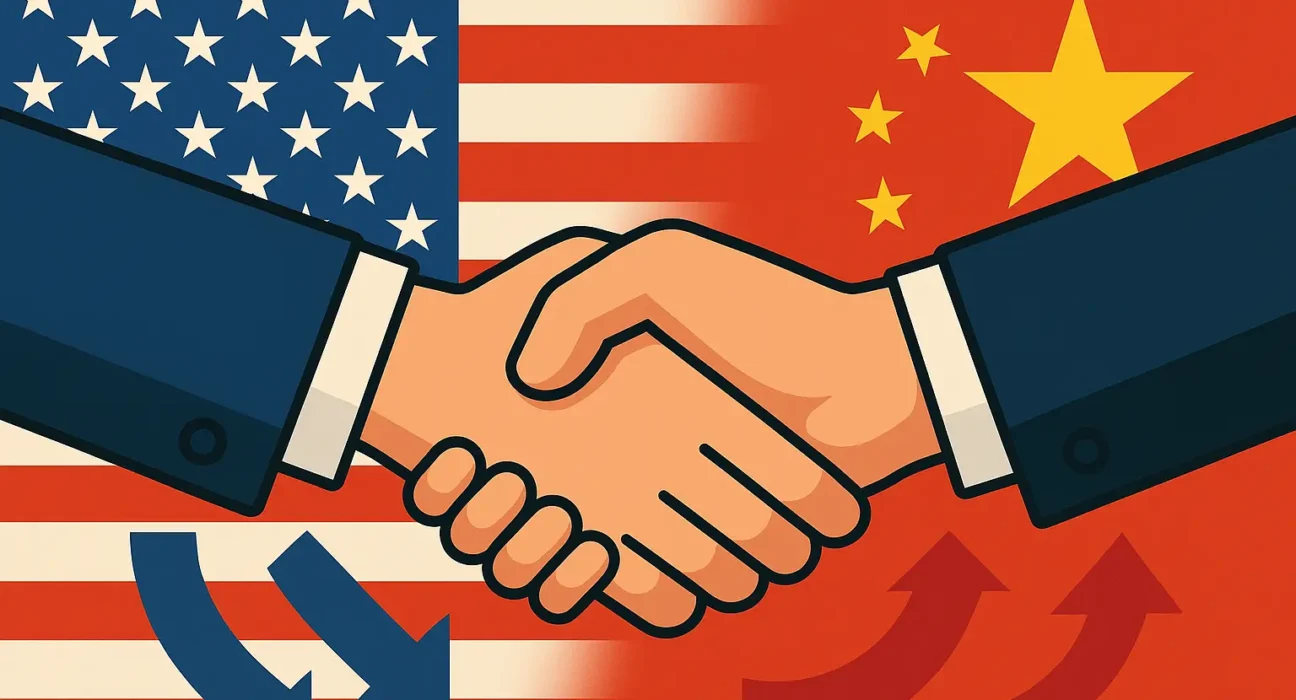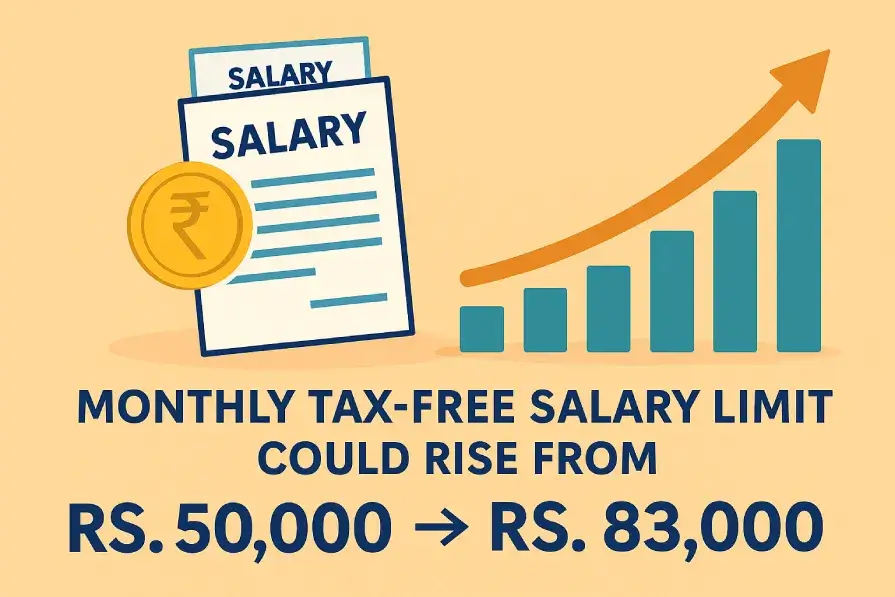US-China Tariff Reduction Brings 90-Day Trade Truce and Economic Optimism

As part of an effort to lower trade stress, the US and China have together released a plan to sharply cut import taxes on each other’s products. From May 14 onward, observers believe this agreement could transform the immediate global trade picture and give relief to both companies and people facing years of high trade taxes.
Officials say the announcement follows several months of talks and marks a big improvement in the US-China trade dispute. Experts say the tariff cuts are a sign that the US and China want to build a more peaceful and cooperative relationship.
What the Tariff Reductions Mean
This agreement means the United States will lower tariffs on lots of Chinese goods from a high of 145% down to 30%. China will drop tariffs on American products from 125% to 10%, as part of the agreement. Over the next 90 days, these reductions will be in place so that discussions and reviews can happen.
Higher tariffs on fentanyl-related items will stay in the US, thanks to health and safety concerns caused by the country’s opioid crisis. This shows how both commerce and national security must be balanced when making policy decisions.
Trade Working Group to Oversee Progress
According to the deal, a joint committee for trade will be set up by the two nations. This group is expected to get together continuously to:
• Monitor implementation of the agreement
• Address any disputes or misunderstandings
• Advise on joint projects to improve ties over the years.
This is considered a move that supports lasting involvement and makes sure both sides are responsible. In addition, it represents a more organized way of working than earlier deals that did not have enforcement.
Boost to Global Markets and Business Confidence
Share markets went up after the announcement was made. Stock markets in the US and Asia saw big gains as investors took the announcement as evidence of less risk between the nations. A rise in confidence among investors could keep commodity prices steady and send more investments to emerging economies.
Businesses that do a lot of international trade, including those in electronics, agriculture, and manufacturing, were pleased by the news. Years of tariff and uncertainty have made it hard for many by causing their production costs to rise sharply. Lower tariffs for now make it easier for companies to get back to planning their future.
A Relief for Consumers Worldwide
Ordinary people may benefit as well from the US-China tariff reduction. Lower tariffs often mean:
• Reduced prices on imported goods
• Decreased production costs for manufacturers
• Less pressure on domestic inflation
You might see lower prices for things such as smartphones, home appliances, soybeans, and machinery soon.
Not Just an Economic Deal, But a Diplomatic Win
There are geopolitical factors added by this 90-day truce. Despite a past of imposing tariffs, trading harsh words, and hitting supply chains, this new agreement proves that both sides are now ready to find ways to cooperate. Even though both sides are still focused on being competitive, this move paves the way for improved dialogue.
Experts believe that starting with temporary agreements helps create the push for long-term trading relationships. Setting up this trade working group makes it more likely that trade negotiations will be regular and not limited to quick, standalone agreements.
What Happens After 90 Days?
It’s clear that this agreement has an expiration date, and economists say it should really be seen as a ‘pause’ instead of an actual resolution. These next 90 days will turn on the actions taken by China and the United States:
• Are they likely to talk about extending the agreement or making it bigger?
• Is the trade working group able to solve problems as they come up?
• Could political pressure in either country affect the tariff situation?
If higher tariffs come back, they will likely make global markets volatile and make things less certain again. But if both countries keep talking, there is a chance that a permanent trade deal could be reached.
Challenges That Remain
Although there is reason for optimism, some big concerns are still unresolved:
• Some of these trade problems include intellectual property rights protections and sharing of technology.
• The use of state subsidies by China in supporting its industries
• The US is still worried about the reliability of supply chains in particular areas.
A permanent fix for these issues is not likely in 90 days, but the current deal may help set the stage for more talks later.
Conclusion: A Promising Yet Cautious Step Forward
This US-China move to cut tariffs is good news at a time when economic instability is widespread. At this point, both businesses and customers don’t have to feel as much pressure. Even so, these next three months will show if, and how well, the two nations can place shared economic interests above their own independent goals.
Though it’s going to take a long time to solve the issue for good, this agreement gives some hope that trade talks can work in today’s protectionist environment. The next few weeks will show if this pause in hostilities becomes a lasting solution or only a pause in the conflict.









